Athlete Yoga Education Video – Triangle Pose
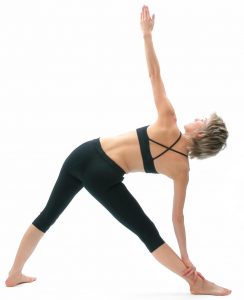 The yoga pose “triangle” is an excellent way for athletes to bring a synergistic balance of stretch and strength to the whole body.
The yoga pose “triangle” is an excellent way for athletes to bring a synergistic balance of stretch and strength to the whole body.
Also called Trikonasana. Athletes/runners, this is one of your “go-to” poses.
Here is a video for Triangle. Enjoy. It’s a short one. 8min. 😉
What Athletes and runners need to know about Triangle Pose:
[tie_list type=”starlist”]
- Benefit: Stretches the hamstrings.
This is a wonderful pose to 1) find out if one hamstring is tighter than the other. Which causes a whole lot of issues and 2) gives you a way to address it. Also, you can spend some time with this pose to might small adjustments to find the different parts of the ham, which might have one tight part vs another. - Benefit: Strengthens the glutes.
When done “correctly” or in the idea of alignment, you can learn to fire your hip rotators in a healthier way. As well as learn if one glute is weaker than the other. Which will probably be the case, especially if the first bullet about the hams is true. - Benefit: Stretches the back.
There are parts of the back that are hard to stretch. This pose gets to some of that. Especially if you ratchet it down a bit and practice on a wall. This is really a lovely way to study this pose. Getting your hand to the floor is not the goal. Balance of the body, in relation to itself is the goal. So if you aren’t touching the floor, your spine isn’t parallel to the floor (which it probably won’t be and thats a-ok”, your hand reaches up in relation to alignment with your heart. Not the ceiling. Develop this idea and your shoulders will thank you. - Benefit: A really DARN GOOD POSE.
This pose does a ton of stuff. More later on it. Just take my word for it. You can look forward to practicing this one for a long time because there are a lot of this to learn from this pose. And of course, the running, biking and swimming…this is a therapeutic pose. So when you jack something up, this is one you pull out of your bag.TRIANGLE – a pose that can be studied by the yoga student for years and has benefits that last a lifetime.
- Benefit: Can help to strengthen the “flat foot”.
This is a great pose, once again on the wall, to help with strengthening feet that like to collapse in the arches. Most of the time this is just de-conditioning of the feet. Maybe a lifetime of it. Generally you can strengthen the foot to have a stronger arch. This can be a long process but well worth it considering the function of the arch, as a shock absorber as well as help you have better running form, more natural and flowing.
[/tie_list]


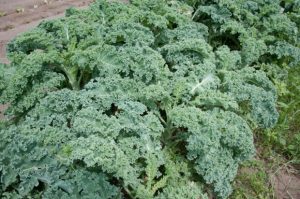 When it comes to exercise, vasodilation occurs naturally within the body. Nitric oxide is a powerful vasodilator and its effects are increased by eating foods rich in nitrates, flavonoids, L-arginine and other natural vasodilators.
When it comes to exercise, vasodilation occurs naturally within the body. Nitric oxide is a powerful vasodilator and its effects are increased by eating foods rich in nitrates, flavonoids, L-arginine and other natural vasodilators.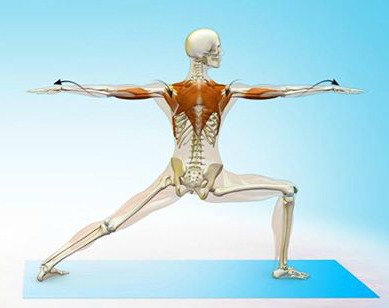
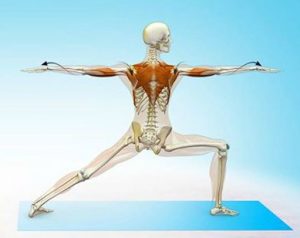 The yoga pose “warrior 2” is an excellent way for athletes to bring a synergistic balance of stretch and strength to the whole body.
The yoga pose “warrior 2” is an excellent way for athletes to bring a synergistic balance of stretch and strength to the whole body.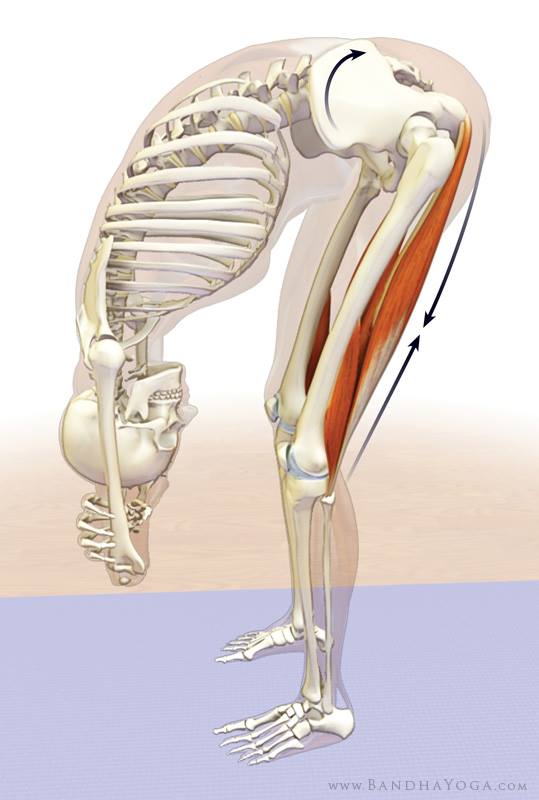


 HA! I know athletes (and the rest of the world) what you are thinking…vagal tone…what’s that!?!?!
HA! I know athletes (and the rest of the world) what you are thinking…vagal tone…what’s that!?!?!
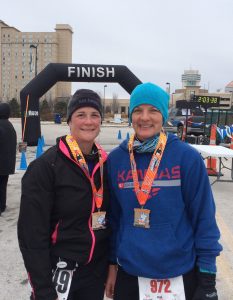 We had a SUPER FANTASTIC time ringing in the New Year with the most committed of Athletes!
We had a SUPER FANTASTIC time ringing in the New Year with the most committed of Athletes! GoRun did a nice job laying out the race. Was great to see everyone. It was snowing and a bit icy on the roads. So that made it challenging. Couldn’t really get into a nice rhythm to sink into.
GoRun did a nice job laying out the race. Was great to see everyone. It was snowing and a bit icy on the roads. So that made it challenging. Couldn’t really get into a nice rhythm to sink into.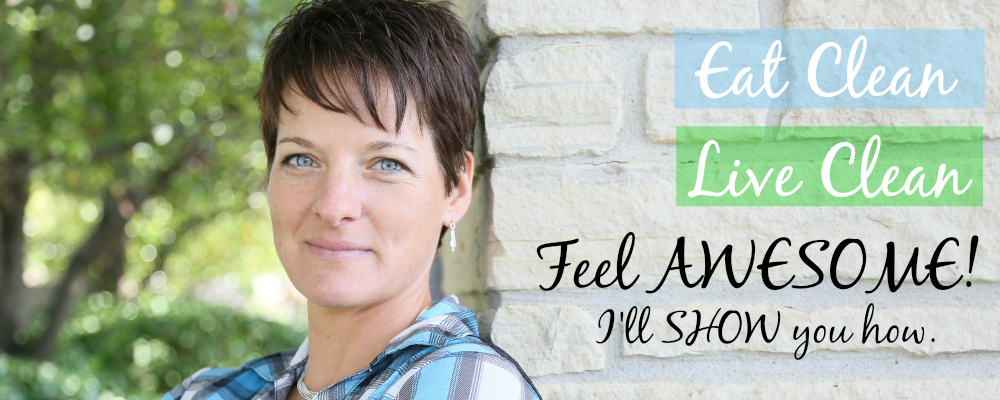

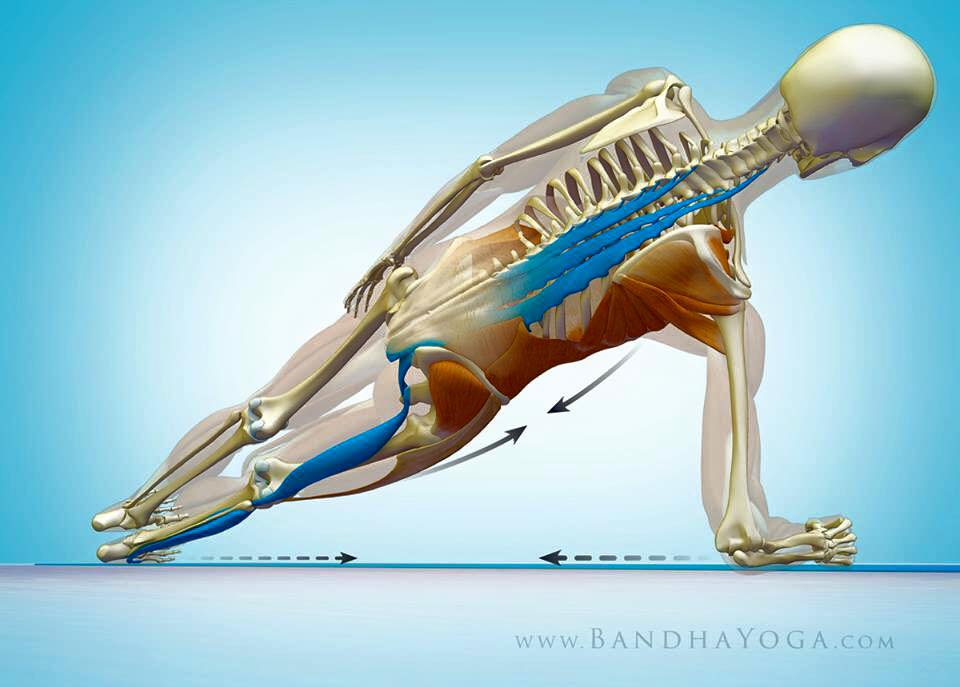
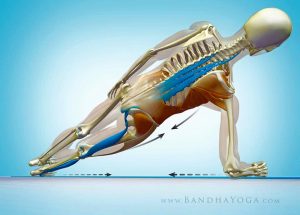 Side Plank is an excellent way for athletes to build strength
Side Plank is an excellent way for athletes to build strength
